|
We’ve covered 500+ years of South Florida gun history in previous posts to get to what we are calling the Parkland Era. From Ponce DeLeon in 1513 at the beginning of the Musket Ball Era to today we see the evolution of our guns going from matchlocks, to flintlocks, to Winchesters, to the AR-15’s of today. Our times are marked by mass shootings and the realization that they can happen anytime, anywhere – with seemingly little to be done about it. The period is also marked by political polarization of what used to be a nonpartisan approach to gun regulation. The iconic gun of this period is the AR-15 (see ArmaLite AR-15) with its military design, high-capacity magazines, sights and scopes, etc. Much of the American rifle industry is dependent upon the manufacture of these “sporting rifles” for their revenues, profits, stock prices, etc. Many will proffer that the AR-15 is not an actual battlefield weapon. Those would be the M-16 and M-4, the military version of the AR-15 (see AR15 vs M16 vs M4: What’s the Difference? - 80 Percent Arms). That’s beside the point. The high velocity rounds are the same and the carnage visited upon our kids that Valentine’s Day is the same as on the battlefields of Vietnam, Afghanistan and Iraq. Watch 60 Minutes Overtime: The explosive force of AR-15 style rifles. The filming of So Flo Guns began with the MSD mass shooting in early 2018. We went to document the memorials and mourned with our neighbors. Living in Miami it was too close to home with my daughter (and So Flo Floods producer/cameraperson) Bobbie Richards the same age as the murdered students at the time. The frustration and remorse emanating from the massacre at one of our schools by a shooter with an AR-15 - and our apparent impotence to do anything about it - led to this documentary and its examination of how we got here. We spent the rest of 2018 documenting So Flo’s gun culture. A few days later was Carmen Schentrup’s funeral, which I happened to attend through my association with the church she attended. It is our hope and intention to tell at least a small part of the Parkland heartbreak through her story. Hopefully, we can interview those close to her to better understand who she was, and the loss inflicted upon those that survive her. In so doing we will try to encapsulate the broader experience of the Parkland sufferers. We’re reliving it all again right now both locally and nationally as news coverage focuses on whether the shooter will receive the death penalty. Parkland had a significant impact on our politics – for a time anyway - as we see in our footage from the March for Our Lives protest on Miami Beach including School Superintendent Carvalho’s speech on March 24, 2018. There was an expectation that changes in gun laws were coming. Two months later we documented a Miami gun show where our gun ecology, economics, and theology thrive. Different communities in South Florida - like elsewhere - have different fears. The more-wealthy live in neighborhoods and gated communities that see little day to day shooting. Those in poorer communities live with ongoing gun violence to greater and varying degrees. All are affected by the fear guns present to parents sending their kids to school. South Florida schools instituted monthly code red drills in the aftermath of Parkland. This is something new and speaks to what is a kind of variant in our five-century old gun environment. But everyday shootings are just as lethal to our community and kids – and more prevalent. The reality is though that assault rifles get most of the attention as a target for regulation as we have all but given up on the prevalence of 9mm and other handguns on our streets. Mass shootings with assault rifles began decades ago. The 1989 Cleveland Elementary School shooting in Stockton, California saw a gunman shoot and kill five schoolchildren and wound 32 others with an assault rifle. This and other mass shootings led to the Federal Assault Weapons Ban in 1994 which expired 10 years later. In the end, Florida’s, like the nation’s, gun politics and lobbying are the headwaters of the flow of guns. In Florida this is personified by Marion Hammer, The N.R.A. Lobbyist Behind Florida’s Pro-Gun Policies. We concluded our 2018 shoots interviewing the head of Florida Carry at their Line in the Sand Event in October in which they exercised their right to carry rifles and sidearms to South Beach as they went fishing on South Pointe Pier. The time we live in, as exemplified by the Parkland tragedy, is marked by an awareness that the next shooting is almost certainly coming, with little hope of averting it. A bit like hurricanes guns are part of our human made environment - and we have learned to live with them. We just hope that we and our loved ones aren’t in the path of the next shooter. The terrifying fact of life is we never see the next one coming in spite of our efforts. At least with a hurricane we see it coming as the cone of concern closes in or moves away. If only such cones existed for the next mass shooting.
0 Comments
So Flo Guns – The Modern Era – Winchesters, Tommy Guns, Mac-10’s, Regulations, and the NRA10/10/2021 So Flo Guns is organized chronologically in three parts with the Musket Ball Era first focusing on the time from 1513 through the Civil War in 1865 and represented by a musket ball found on Key Biscayne (See The Oldest South Florida Gun Relic (theoeco.org)). A musket ball like those used by Ponce DeLeon and Spanish Conquistadors, pirates, Seminoles, soldiers, and South Florida’s earliest pioneers. Towards the end of that era we find the Savage Navy Revolver in the Key West Museum of Art & History at the Custom House. It represents a kind of mutation in the evolution of gun tech and lethalness as we move into the unheard of carnage of the Civil War battlefields enabled by Minie’ Balls and percussion cap rifled muskets– and new firearms available to civilians. Personally, I think of guns as a kind of human made ecology. One not unlike water in that it is everywhere, can be very beneficial, and also kill you. It is also something that we try to control. In the USA this begins with the 2nd Amendment, continues on through the National Firearms Act in the 1930’s, on up to the regulatory environment – and the raging gun debates about them - of today. Seen in that light we can use environmental/biological metaphors to talk about our evolving gun environment as we move forward into So Flo Guns’ Modern Era; that time from the Civil War through the Cocaine Cowboy days. Specifically we are talking about repeating arms, and their enabling technologies like interchangeable parts and other innovations of the Industrial Revolution. Perhaps foremost of these being smokeless gun powder which allowed repeaters with all their moving parts to avoid being fouled by black powder residue. “Smokeless powder made autoloading firearms with many moving parts feasible (which would otherwise jam or seize under heavy black powder fouling). Smokeless powder allowed the development of modern semi- and fully automatic firearms and lighter breeches and barrels for artillery.” https://en.wikipedia.org/wiki/Smokeless_powder  Repeating rifles represented an awesome increase in firepower over their predecessors. They would not have been possible without new technologies and advances in industrial production out of New Haven where Winchesters (and cotton gins) were made. The Winchester Model 1892 found in the Richard and Pat Johnson Palm Beach County History Museum represents a prime artifact of the evolving South Florida gun environment of the time as the notorious Ashley Gang of the time epitomized. The period is a colorful and increasing lethal time in our gun history memorialized in countless movies including westerns, gangster, and contemporary action flicks. Each of these genres feature guns that evolve markedly with lever-action rifles like the Winchester featured in John Wayne’s The Searchers, to Thompson sub-machine guns aka ‘Tommy Guns” in films like Brian De Palma’s The Untouchables, to Uzi’s and Mac-10’s in Scarface. What do Al Capone and Tommy Guns have to do with South Florida you might ask? Well, turns out that the St, Valentine’s Day Massacre was purportedly planned and ordered from Scarface’s Miami Beach Home in 1929.  Not surprisingly these advances also led to a perplexing mix of developments in the regulation of our increasingly lethal civilian arsenal while also advancing and promoting their distribution. During this time we see the incorporation of a far different purposed NRA in 1871. Next we see the National Firearms Act in 1934 get control over the Gangland weapons used by Al Capone and his ilk. National Firearms Act | Bureau of Alcohol, Tobacco, Firearms and Explosives (atf.gov). What counts as a controlled firearm? Check out the list on the ATF website. It includes machine guns, sawed-off shotguns, silencers, grenades, bombs, rocket-propelled grenades, mortars, artillery shells, etc. Even some of their parts are regulated destructive devices, not least of which are those that convert AR-15’s to fully automatic. It demonstrates that we lost most of our gun rights long ago. Which likely explains, in addition to the economic motivators of suppliers, that we struggle so mightily to keep those we still have. So Flo Guns will focus on all of these developments as we ultimately track the evolution of our gun environment into the Parkland Era of today as we tell the story of guns in South Florida and the nation.
|
Archives
June 2024
Categories
All
|
TheoEco Institute is a 501(c)(3) nonprofit organization. Contributions to TheoEco in the United States are tax exempt to the extent provided by law.



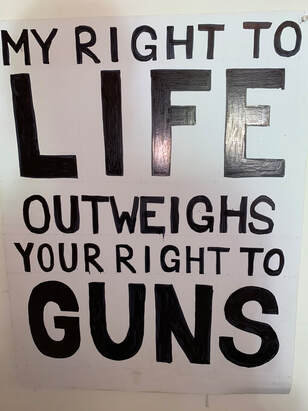


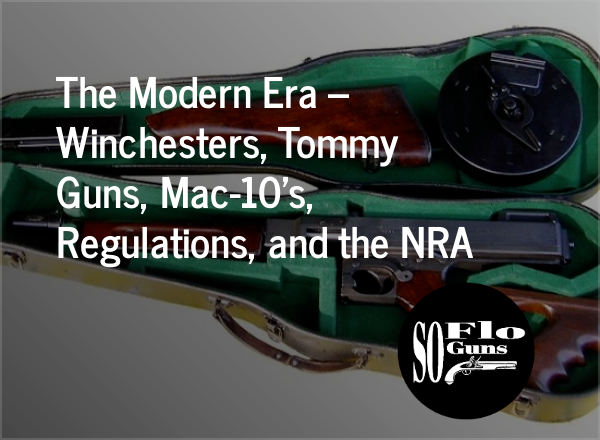

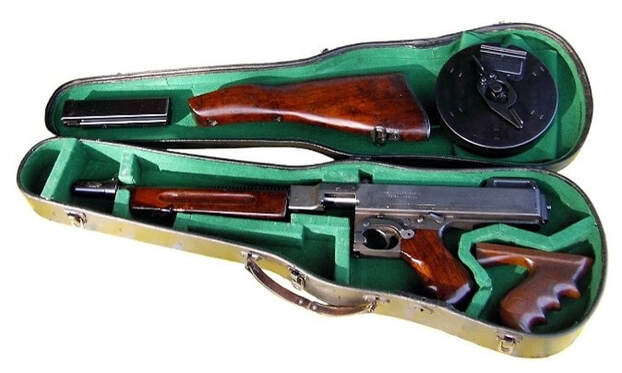

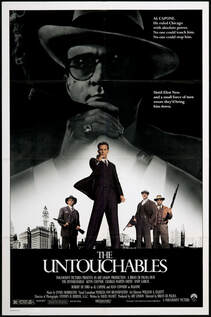
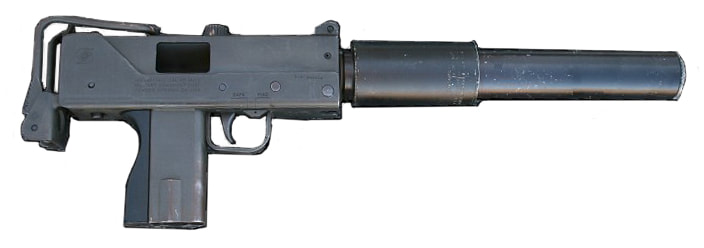
 RSS Feed
RSS Feed